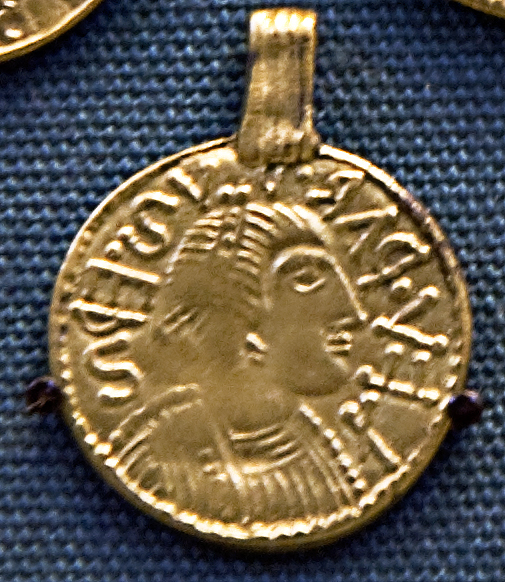Facts About Liudhard medalet
The Liudhard Medalet is a captivating gold coin or small medal from the Anglo-Saxon period, discovered near St Martin's Church in Canterbury, England, sometime before 1844. This remarkable artifact is part of the Canterbury-St Martin's hoard and now resides in the World Museum Liverpool. Historians believe it was buried as part of a necklace in a woman's grave dating back to the 6th century.
The medalet features an inscription that mentions Liudhard, a bishop who accompanied Queen Bertha to England. It was likely created between 578 and 589 and served as a symbol of the Christian conversion.
The medalet was first brought to public attention in 1844 by Charles Roach Smith. Over the years, it changed hands through various collections before finding a permanent home in the World Museum Liverpool. There is some debate among historians about whether all the items in the hoard came from the same grave. Nonetheless, the medalet is considered the oldest known piece of Anglo-Saxon coinage and the only late-6th or early-7th century gold jewelry discovered in an English churchyard.
On one side of the coin, you will find a robed figure along with an inscription. The other side features a patriarchal cross. The inscription on the obverse side identifies Liudhard as a bishop. Scholars believe the coin was minted in Canterbury and was intended to be a medallion rather than used as currency. Its design shows influences from Merovingian and Visigothic coins but also includes unique elements like the patriarchal cross.

 Ireland
Ireland